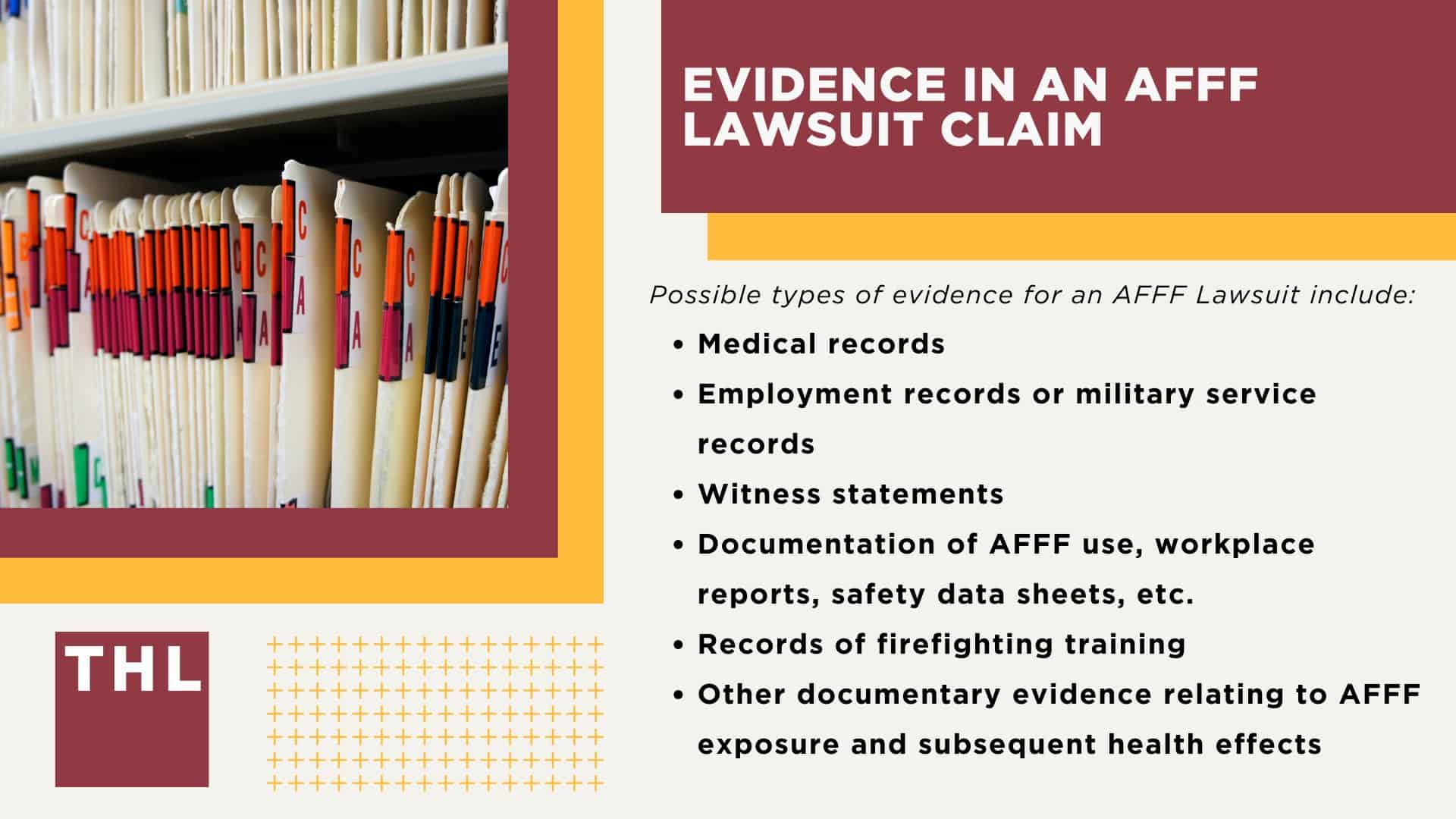
# New Research Uncovers 12 Chemicals Associated with Breast Cancer Risk in Women Firefighters
An innovative study from the Silent Spring Institute has revealed 12 particular chemicals that are significantly associated with an increased risk of breast cancer among female firefighters. This research, which appeared in the journal *Toxics* on September 28, 2024 ([DOI: 10.3390/toxics12100707](https://doi.org/10.3390/toxics12100707)), highlights the potential threats encountered by women in a field where cancer risk has been predominantly studied in men but not sufficiently in women. As the number of women in the fire service rises, it is essential to comprehend their distinct occupational health risks to inform protective measures and regulations.
## Analyzing Chemical Exposures
This study adopts a pioneering method by correlating multiple databases tracking chemicals recognized to induce mammary tumors in animal models with data on chemicals that firefighters are exposed to. The team from Silent Spring Institute, spearheaded by Ruthann Rudel, examined exposures within firefighting settings and those particularly relevant to the physiology of female firefighters.
“With the increasing number of women in this profession, understanding how workplace exposures affect their health is crucial so that we can advocate for policies aimed at reducing exposures and enhancing workplace safety,” stated Rudel, who serves as the research director at Silent Spring Institute and co-authored the study.
This investigation marks one of the first thorough evaluations of risks for female firefighters, who have historically been underrepresented in most occupational health research despite their growing presence in fire departments worldwide.
## Sources of Exposure
The findings indicate that firefighters encounter considerable exposure to harmful chemicals from various origins, including:
– **Building fires**: Smoke produced from residential and commercial fires can release a variety of carcinogenic compounds.
– **Wildfires and vehicle fires**: Such events expose firefighters to toxic gases and substances, including polycyclic aromatic hydrocarbons (PAHs) often found in smoke.
– **Protective Firefighter Gear (Turnout Gear)**: Flame-resistant fabrics like PFAS (Per- and polyfluoroalkyl substances) can break down over time or in high-heat situations, releasing toxins that firefighters can absorb through skin contact and inhalation.
– **Fire station environments and diesel exhaust**: The diesel emissions from fire trucks are a recognized source of carcinogens that firefighters face during their routine tasks in and around the station.
In a significant segment of the study, researchers compared blood samples from female firefighters in San Francisco with those from office workers in urban settings. The results indicated that firefighters had substantially higher blood concentrations of cancer-associated PFAS chemicals. Comparable levels of flame retardants, linked to cancer, were also detected in the firefighters’ blood.
## Policy Implications
As researchers continue to bring attention to these occupational risks, they urge for policy reforms that will enhance protection and support for firefighters, particularly women. Currently, just **20 states** in the U.S. have laws explicitly designating breast cancer in firefighters as presumed to be work-related. Firefighters diagnosed with breast cancer in these states are eligible for workers’ compensation and medical benefits. An additional **16 states** have more lenient laws that may cover breast cancer as an occupational illness.
The study also highlights the concern that many fire departments are ill-equipped to safeguard their personnel from recognized carcinogens and, in some cases, may inadvertently exacerbate long-term exposure risks due to outdated equipment or inadequate decontamination practices. There is also a pressing need for updated presumptive laws that would address the coverage shortcomings for female firefighters.
“This study addresses a critical research gap by emphasizing the particular health risks female firefighters encounter due to occupational exposure to toxic chemicals linked to breast cancer,” noted Dr. Dan Whu, Chief Medical Officer at the International Association of Fire Fighters.
## Potential Solutions
While identifying the risks is a vital initial step, it is equally crucial to find ways to reduce those risks. The study proposes several strategies that could help minimize exposure to these hazardous chemicals:
– **Transitioning to electric fire trucks**: This transition could considerably decrease firefighters’ exposure to diesel exhaust, which is rich in PAHs.
– **Enhancing turnout gear**: Research and development into new, less toxic materials for protective attire could prevent the release of harmful substances.
– **Revamping fire station environments**: Improvements to ventilation systems and decontamination protocols can help limit unnecessary exposure to carcinogens.
Efforts to mitigate exposure should also extend beyond firefighting operations to incorporate safer practices during cleanup and extended durations spent at fire stations.
## The Future for Female Firefighters
The study emphasizes the urgent necessity for additional research focusing specifically on the hazards women face in firefighting environments and recommendations for exposure reduction. As more women enter the field, it is vital that protective regulations evolve alongside their health risks.
As the study continues to attract attention, experts hope it will inspire changes to enhance safe environments for women.